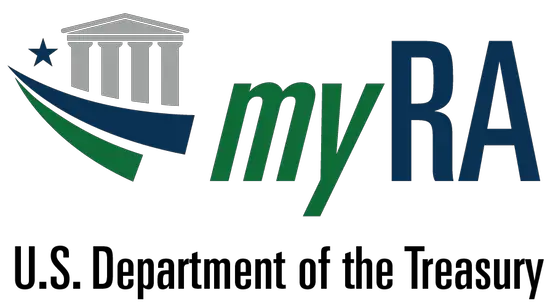President Obama announced the creation of the myRA in a State of the Union speech, a retirement savings program designed to get Americans to save more for their futures. The program set up a G Fund lookalike as the savings vehicle for the program.
Two lawmakers like the program so much, they want to make it permanent.
Reps. Joe Crowley (D-NY) and Keith Ellison (D-MN) are introducing the Making Your Retirement Accessible (myRA) Act (H.R. 4491).
It seems getting Americans to save for retirement is very much on the minds of Congress these days. This latest bill is similar to another that was recently introduced that would create a retirement savings program closely linked to the Thrift Savings Plan (see Would the American Savings Act Impact the Thrift Savings Plan? and The TSP is Popular; Should a Similar Program Exist for Other Americans?).
The Congressmen say that most Americans want to save for retirement and know that they need to, they just do not have the opportunity to do so.
“Americans want to save, and Americans know they should save. The problem is, many workers lack the opportunity to save,” said Rep. Crowley. “Common barriers like minimum contributions, market fluctuations, and concern about not being able access savings in case of an emergency can put retirement accounts out of reach for many Americans. The myRA program changes that by giving all workers access to a long-term, stable savings option.”
Whatever the cause may be for Americans’ lack of preparing for their own financial futures, there are plenty of studies to show that the savings rate for the average worker in America is abysmal. These are just a few of the articles we’ve posted in recent years highlighting some of the statistics on Americans’ savings habits:
- 28% of Workers Have Less Than $1,000 in Savings
- Can You Retire on $25k?
- GAO: Half of American Households Have No Retirement Savings
- Fed Survey Shows Americans Are Optimistic About Their Finances Despite Generally Lacking Savings
It seems unlikely that the myRA, even if it were made permanent, will somehow suddenly cause American workers to start saving for their futures. Despite the Congressmens’ claims about the current lack of savings opportunities, there are already a number of retirement savings programs available such as the Individual Retirement Account (IRA), Roth IRA, SEP-IRA (for self-employed people), the Thrift Savings Plan for federal employees, and 401(k)s for companies to offer their employees. And then there’s always the old fashioned savings and money market accounts at a bank.
Crowley and Ellison say that the myRA is sure to help, however.
Another reason they cited for the lack of preparation for retirement is concerns about stock market fluctuations. They point to the fact that the myRA invests in government bonds and say that this will encourage more savings because of the stability of the investment vehicle. While it’s true that it offers stable returns, anybody who invests over the long term in an investment vehicle with a return comparable to the G Fund may be disappointed.
Lastly, the lawmakers point to another advantage of the myRA that they say will help spur better savings habits: it allows access to the funds for emergencies. They note that the myRA will act as both an emergency fund and a retirement savings account for this reason.
One obvious downside to this reasoning is that if one has to tap into his retirement savings account every time there is an emergency, he may find that his savings is depleted over the long haul, not to mention the benefit of compound interest is lost. Life happens all the time: cars break down, hospital stays occur, jobs get lost, etc. which is why financial planners often recommend having a separate emergency fund for those types of occasions.
myRA accounts have a maximum balance of $15,000 and a maximum life span of 30 years and must be rolled over to a Roth IRA whenever the first of either of these occurs. In this sense, they make a good starter investment account, provided the ultimate goal is to get into a Roth IRA.
Is the myRA the panacea for America’s saving problem that Crowley and Ellison envision? It seems doubtful, but if this legislation gets passed into law, Americans would have yet another retirement savings option to choose from to save for their golden years. Ultimately, however, if people want to have money in the future, at some point they just have to start saving.



